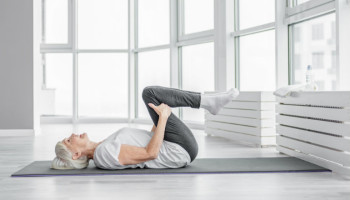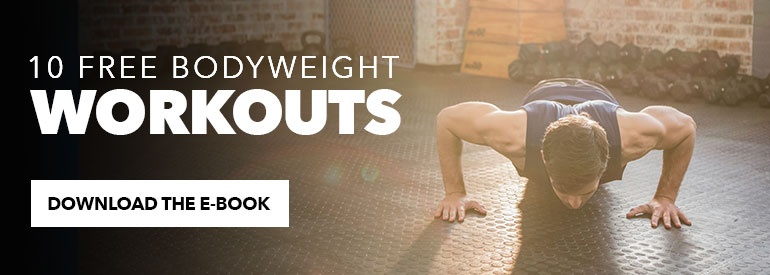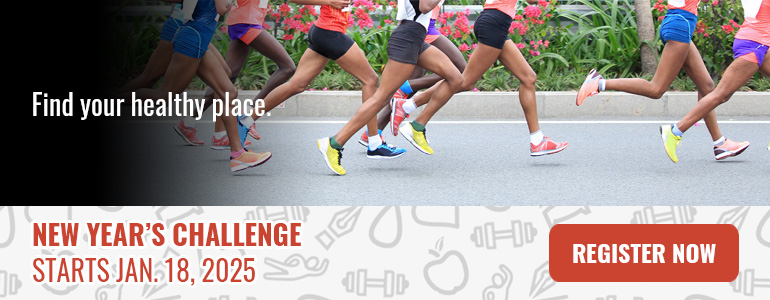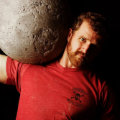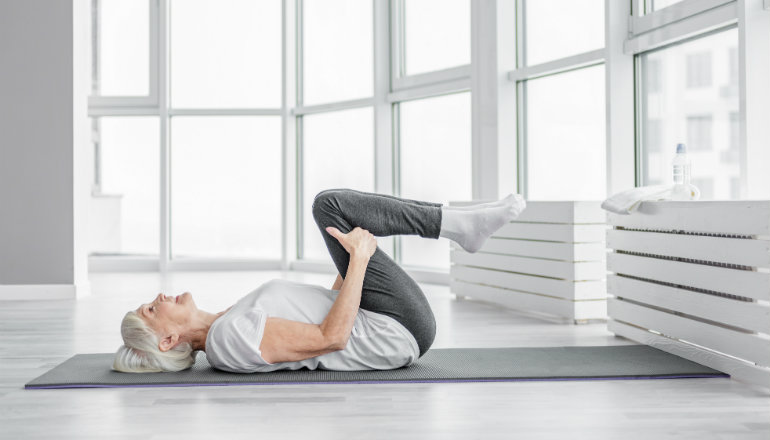 Reading Time: 6 minutes
Reading Time: 6 minutesA strong core is crucial at any age, but it’s something we lose focus on as we get older. This is something I see is many adults over the age of 40. Often, we train less as we get older, and as a result we do fewer core exercises and lack core strength. We may also have a bit of extra weight around the mid-section, and if we already don’t have adequate strength to support our core, then adding extra weight is only going to lead to complications such as hip and back pain.
The core doesn’t only consist of the superficial abdominal muscles that look great on the beach. The core is made up of the back, hips, stomach, and pelvis. This gives it a great deal of importance when we’re talking about the body’s ability to move, stabilize, and support itself with comfort and ease.
One of the main functions of our core is to help with balance and stability. For adults over the age of 40, this is important in the prevention of falls and serious injury. Without a strong core, we rely on other muscles of the body, and doing this contributes to injuries and a reduction in functionality. It’s never too soon to begin working on this and, in fact, the earlier you start the better.
According to the U.S. Center for Disease Control:
- In 2015 the Medicare costs for falls alone totaled over $31 billion.
- Each year millions of people over the age of 65 are hospitalized for falls, due to an injury to the head or a broken hip.
- A fall injury costs $30,000 on average.
- The cost of treating a fall injury increases as we age.
As the adult population in America ages, it’s important that we look to prevent these sorts of life hindering/threatening events from happening, especially when they can be easily prevented with a little work up front. You’ve no doubt heard the adage, “An ounce of prevention is worth a pound of cure.” In this case that definitely applies.
This article contains four core exercises that have been broken down to a level that’s readily accessible even if you haven’t given much time recently to tightening your tush or bracing your back. These exercises are also bodyweight based and don’t require any equipment.
You can increase the difficulty by the addition of more sets and/or reps, and by changing the movement to increase the challenge to your body as you get stronger. These core exercises are great for anyone, but today we’re focusing on the steps adults over 40 can take to build stronger core muscles and lead a fuller, safer, and more active life. Below I’ve included videos to help further illustrate what proper form should look like.
1. Superman
The Superman is a great exercise for strengthening your back. The muscles of your back are part of the linchpin that allows us to stand upright, which is crucial for good balance. By strengthening this area along with our abdominal muscles, we develop a solid foundation for our bodies stability.
It’s important to note that the coordination involved in the exercise can be complicated. If it feels “weird” or difficult at first, just know that many people run into this and with consistent work you’ll find the movement becomes more natural and smooth.
- Begin by lying on your stomach with arms stretched out in front.
- Tighten your stomach muscles and raise your head, neck, right arm, and left leg about two inches off the floor.
- Lower and repeat with the left arm and right leg to equal one repetition.
Lower your head slightly to reduce strain on the neck if necessary. If the exercise proves to be too difficult at first, just raise the right arm and then the left arm, then the right leg and then the left leg. You can also place a folded towel under your hips and/or head for support.
As a starting point, complete 3 sets x 5 reps.
2. Segmental Rotation
The segmental rotation is fantastic for incorporating a different type of movement into your core routine. We often forget about working the rotation of the body and this is a good exercise to begin with if rotation is something you don’t regularly do.
Working the rotation of your core and hips will help improve strength in your low back and abdominals, keep your hips loose (especially if you’re a runner), and keep the connective tissue around the internal organs moving freely within your abdomen.
- Begin by lying on your back with your feet flat on the ground and with your hips, shoulders, and head on the ground.
- Tighten your core and then slowly lower your knees to your left.
- Go as far as you can while feeling a stretch and feeling a bit of discomfort but not agonizing pain.
- Take three deep breaths and then return to the center.
- Repeat the movement on the right side for one repetition.
Begin with 3 sets x 5 reps as a starting point.
3. Bent Knee Hollow Hold
When training your abdominal muscles, it’s important to not just focus on the superficial “six pack” muscles, but also train the deeper muscles that surround your internal organs and spine. By focusing on the deeper muscles of the core, you’re providing yourself with a great deal more stability and strength to prevent back pain, hip pain, and other related injuries. To train these muscles we can use an exercise called the bent knee hollow hold.
- Begin by lying on your back with your feet on the ground and your arms by your side.
- Tighten your core by focusing on pulling your belly button and rib cage toward the floor while flattening your low back against the ground, eliminating the lumbar curve in your spine.
- Raise your head and arms off the ground by tucking your chin to your chest. Still keep your arms by your side.
- Bring your feet off the ground so your knees are bent at 90 degrees.
- Hold this position for 12 seconds for 1 set.
A good starting point with the hollow hold is 3 sets x 12 seconds
4. Bridge
The bridge exercise is great for strengthening a part of your core that’s often forgotten. It targets the glute muscles, which are integral to good movement, stability, posture, and strength. As we get older, the glute muscles suffer from long hours of sitting and can become tight and ineffective. For a strong foundation for the body, it’s crucial to get these muscles mobile and strong again.
- Lie on your back with your knees bent and feet flat on the floor.
- Tighten your abdominal muscles with your head, shoulders, and hips flat on the ground.
- Contract the glutes and raise your hips off the ground until you align them with your shoulders and knees.
- Hold for three deep breathes and slowly lower your hips to the ground for one repetition.
Try 3 sets of 5 reps to start with and build from there.
Core Exercises Are at the Core of Your Health
These four exercises, while not the only thing you can be doing for your core, are certainly a great beginning and will get you on the road to a strong core and a healthier, stronger life.
As with any exercise routine, you don’t want to go too far too fast. Start off a little easier than you think you need and gradually add more difficulty as you gain proficiency with the movements. When the exercise becomes easy enough that you don’t really “feel it” when you’re training, then you’re ready to increase the reps and sets or try a more difficult variation of these exercises.
